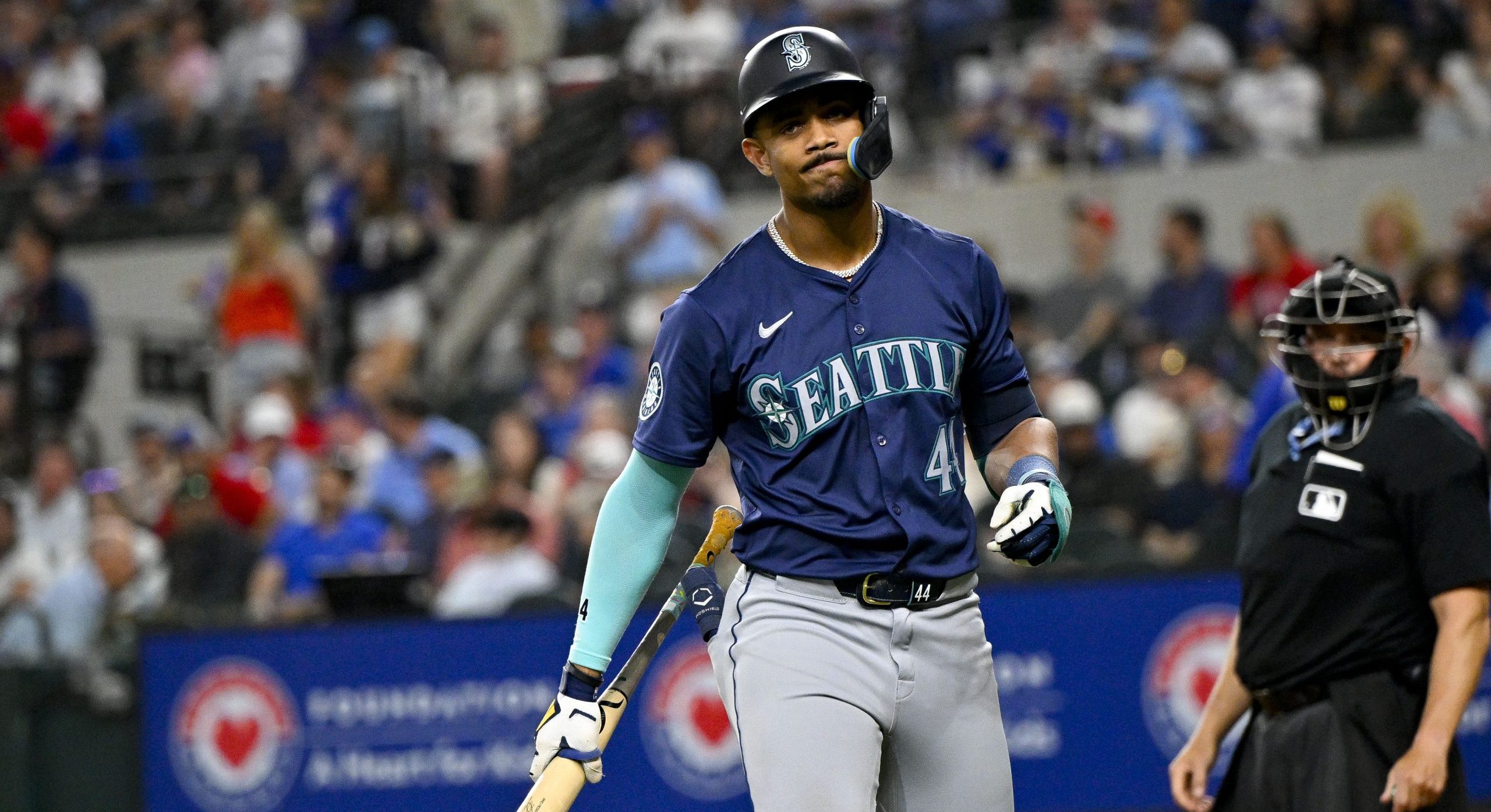Baseball’s decline from national pastime to regional sport has been well-documented.
It’s also arguably been hastened by various MLB decisions, from the blackout rules to whatever Rob Manfred has done this morning to make the sport worse to plenty of other issues.
The MLB All-Star Game should be a clear and easy win for the league, coming at a time in the sports calendar where baseball is operating almost entirely without opposition. (This summer has been even more stark thanks to the winter World Cup calendar.) It should be an event, and the league has certainly tried to keep the focus on it that way. Running the silly World Series home field advantage gimmick for years was one effort, albeit a pretty misguided one.
But last night’s broadcast offered an example of a path back to sports tentpole status that had nothing to do with arbitrary rule changes or random incentives: talking to as many players as possible while they’re on the field playing.
It was revelatory in spots, with Joe Davis and Jon Smoltz suggesting pitches and getting both funny and informative anecdotes and moments from players on the field.
Watching this compilation of Alex Manoah’s work on the mound makes me want to learn more about Alex Manoah in a way that I, someone outside the Toronto media market who doesn’t have time or interest in paying for league-wide games, would probably not have experienced otherwise.
.@Alek_Manoah6 mic'd up while pitching was electric. #AllStarGame pic.twitter.com/WLhyX4rJND
— MLB (@MLB) July 20, 2022
It wasn’t just Manoah. Throughout the night, the mic rotated among players, and it made for a delightful viewing experience, both in terms of entertainment and just as a change-of-pace. The technology has gotten so good that things feel fairly seamless between the booth and the field, and players were relaxed and offering plenty of commentary.
Obviously this kind of access is best served for exhibitions, but even if it was completely restricted to the All-Star Game (and Home Run Derby) it’s the kind of thing that makes me want to keep watching. Leaning into presentation innovation can only help baseball; I watch a lot of sports and I might not see, say, Julio Rodriguez again for a few months.
Finding ways to remove the filter between fans and the (very fun and talented) group of young stars makes all the sense in the world for MLB and their broadcast partners, who all stand to benefit. Please do as much of this as possible.







